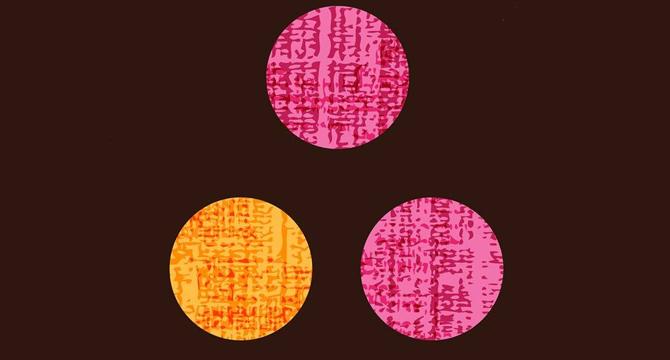Physicsworld
3d
362

Image Credit: Physicsworld
Conflicting measurements of helium’s charge radius may be reconciled by new calculations
- Independent measurements of the charge radius of the helium-3 nucleus using different methods show significant discrepancies, leading to a re-evaluation to reconcile the results.
- The CREMA Collaboration and researchers in the Netherlands used muonic helium-3 ions and quantum-degenerate gas of helium-3 atoms, respectively, to determine the charge radius.
- The discrepancy in values hints at physics beyond the Standard Model, but new theoretical calculations may have resolved it.
- Muonic helium ions replace electrons with muons, making them more sensitive to the charge radius due to muons' higher mass.
- The use of muonic helium-3 ions allowed CREMA to extract key parameters and calculate the charge radius more accurately than before.
- Researchers in the Netherlands employed conventional helium-3 atoms and discovered a more precise value for the charge radius, which was larger than CREMA's by 3.6σ.
- The discrepancy prompted theoretical physicists to revise calculations, resulting in improved understanding and closer alignment of experimental and theoretical results.
- Theoretical physicists from China and Poland revised the hyperfine structure calculations, leading to a better alignment with experimental findings.
- The evolving experiments and theory continue to challenge the limits of the Standard Model in understanding helium's charge radius.
- While adjustments were considered for published papers, the momentous agreement between experiment and theory showcases progress in physics research.
Read Full Article
21 Likes
For uninterrupted reading, download the app